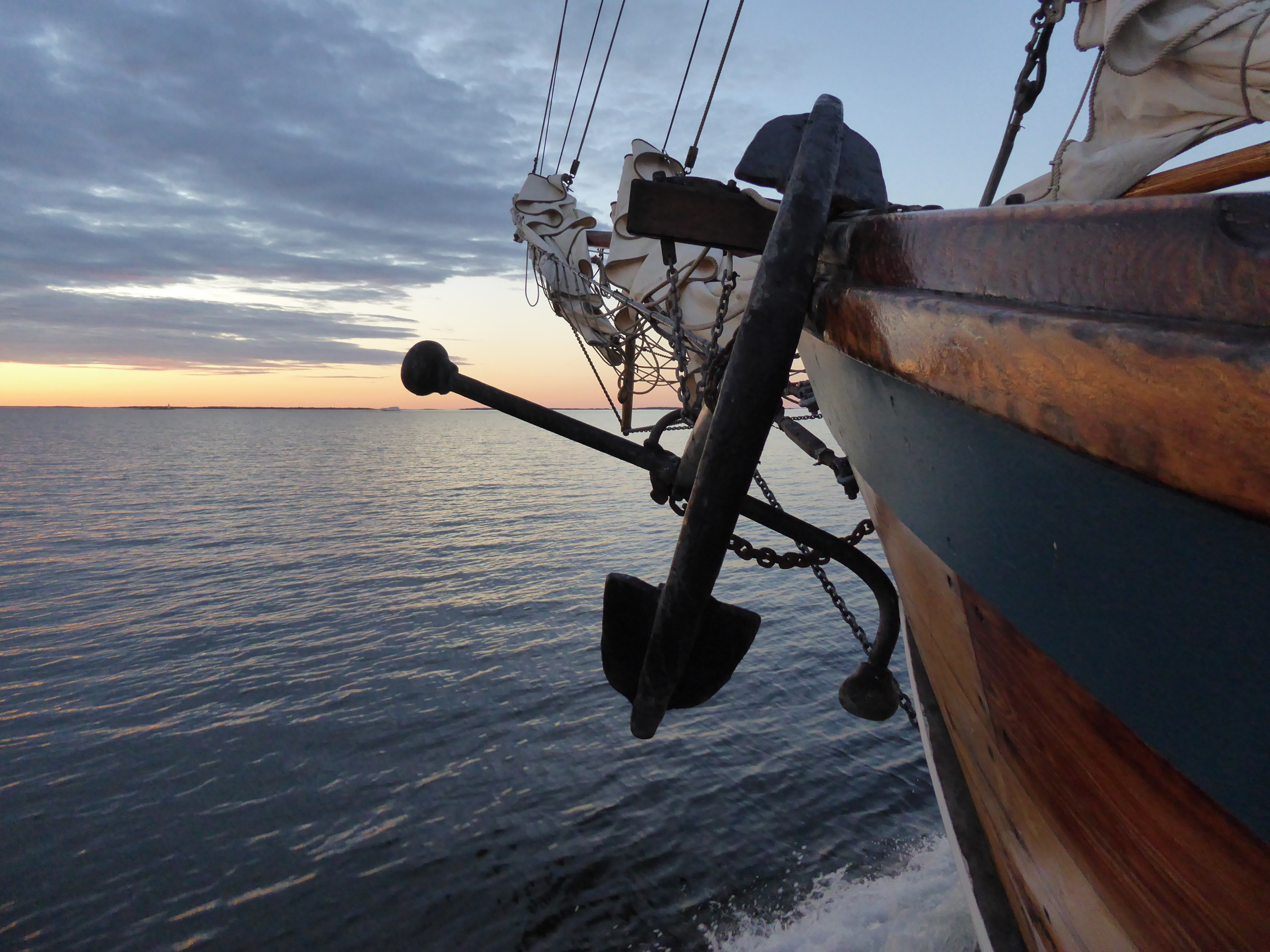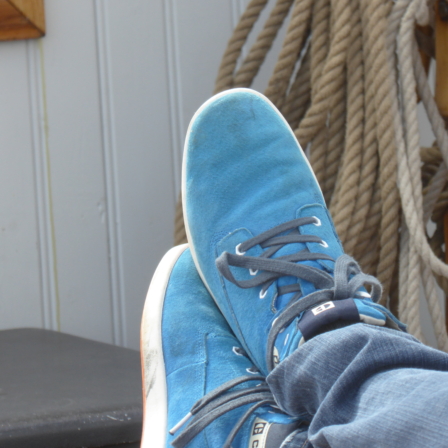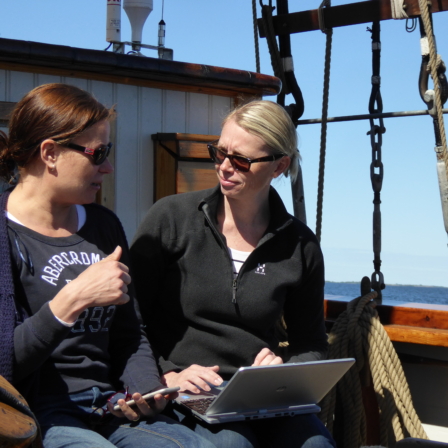When we decided to participate in the Almedalen week based on the Mayors and Cities Leading the New Climate Economy – The Nordic Road to Paris initiative, we light-heartedly suggested travelling to Visby by sailboat. The rules on emissions and efficiency apply to our trip in the same way as to any other activity. First, you need to evaluate whether the activity is worth doing at all, and if you do, you need to find the best method. From the shortest-term perspective on emissions, the best alternative is usually to stay at home. Alternatively, we could have travelled to Visby by plane, by ferry or used the engine instead of the sails. Because we wanted to understand our impact on the climate and compensate for the emissions we caused, I calculated the carbon footprints of the various alternatives. A total of 13 participants from Sitra and various stakeholders attended the meeting. Of these, ten travelled to Visby by sailboat and six returned in the same manner. In addition, there was a crew of six people. I used VVT’s Lipasto database, data from Motiva and WWF, and map services as the basis of my calculations. Lipasto does not include a direct emission coefficient for sailboat journeys, but we can calculate the trip’s emissions based on our fuel consumption. We consumed 260 litres of diesel on the way to Visby and 150 litres on the way back. Based on an emission rate of 2.660 gCO2/l (Motiva; WWF), 1,090 kg of carbon dioxide were emitted during the round trip to Visby. The trip to Turku and back by taxi caused carbon dioxide emissions of 115 kg. Together, this gives total carbon dioxide emissions of 1,205 kg. Alternatively, we could have travelled by jet to Stockholm and taken a propeller plane to Visby, causing the emission of 3,900 kg of carbon dioxide for the transportation of 13 people. By ferry, we would also have travelled through Stockholm, causing total emissions of 4,800 kgCO2. My calculations do not include our trips to the airport and harbour – if these were counted, taking the alternative routes would have created even higher emissions. We sailed only a third of the way to Visby, but with more favourable winds on the way back we used the engine for only for a third of the return leg. If we had disregarded our fuel consumption and used the engine all the way, our captain Tero Ilus estimates that we would have used around 1,000 litres of diesel oil, causing carbon dioxide emissions of 2,660 kg. In his other job, our captain trains seafaring professionals in the environmentally friendly running of large cargo vessels for Eniram, the European cleantech company of the decade. As my emission calculations above show, our decision to sail kept our emissions down to around a third of those of flying. The trip from Turku to Visby took around two days, during which we ate, of course, and used electricity for our cameras, phones and computers. At sea, the Albanus recharges its batteries when the engine is running, which means that our electricity consumption was really part of our diesel consumption. The 10 kg of gas we used for cooking is also included in our 1,205 kg of CO2 emissions. Our onboard menu had also been designed to be climate friendly: one of our daily meals was vegetarian and the other consisted of locally available fish. Since people have to eat anyway, and as only a few of the passengers were vegetarians in their everyday lives, the climate stress caused by food for ten guests and six crew members was actually less than normal during the trip. Our emissions also probably decreased as a result of our lower food consumption while being confined to the boat for a couple of days. As some of our travellers took a flight to or from Visby, the total CO2 .emissions for our trip came to 2,560 kg.We intend to compensate for these emissions: we decided to challenge ourselves to reduce our carbon dioxide emissions by the 197 kg per passenger caused during the trip. We can achieve this by occasionally using carpools or bicycles instead of our own cars, or by eating 36 g less meat (or cheese) a day than the current Finnish average of 200 g. One of the organisations behind the Almedalen climate conference, the South Pole Group, calculated other emissions caused by transfers and food during the events. The main organiser will compensate for these. We have received amazing feedback on the journey from our co-passengers and from other conference participants who visited our ship. We Finns were given a spontaneous round of applause at the start of the climate discussion, were interviewed by the local media and were a source of constructive envy, encouraging others to sail to the event next year. One of our ideas from the beginning was to combine work alongside our Finnish conference guests with a climate friendly approach and providing a good example. Here, we are talking about people who are hard to pin down for even a couple of hours. But what happened to us landlubbers during our trip – our work together and the feeling that the journey is as important as the destination – was ultimately the greatest gift from our journey.
Our carbon footprint
To understand the burden we caused and to offset the emissions, we calculated the carbon footprint of our sailing trip to Almedalen.








Recommended